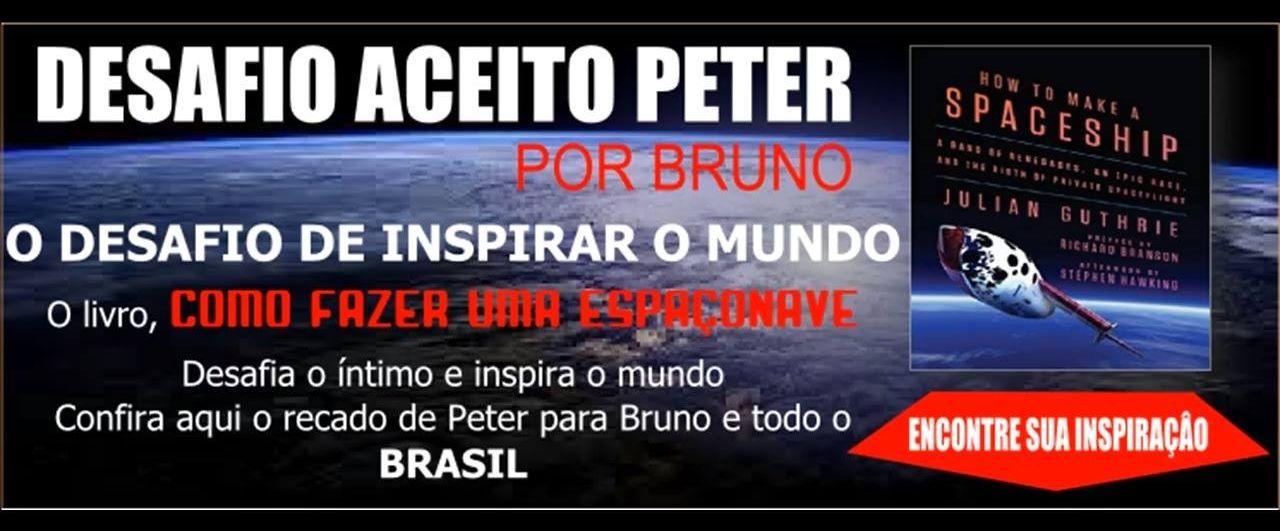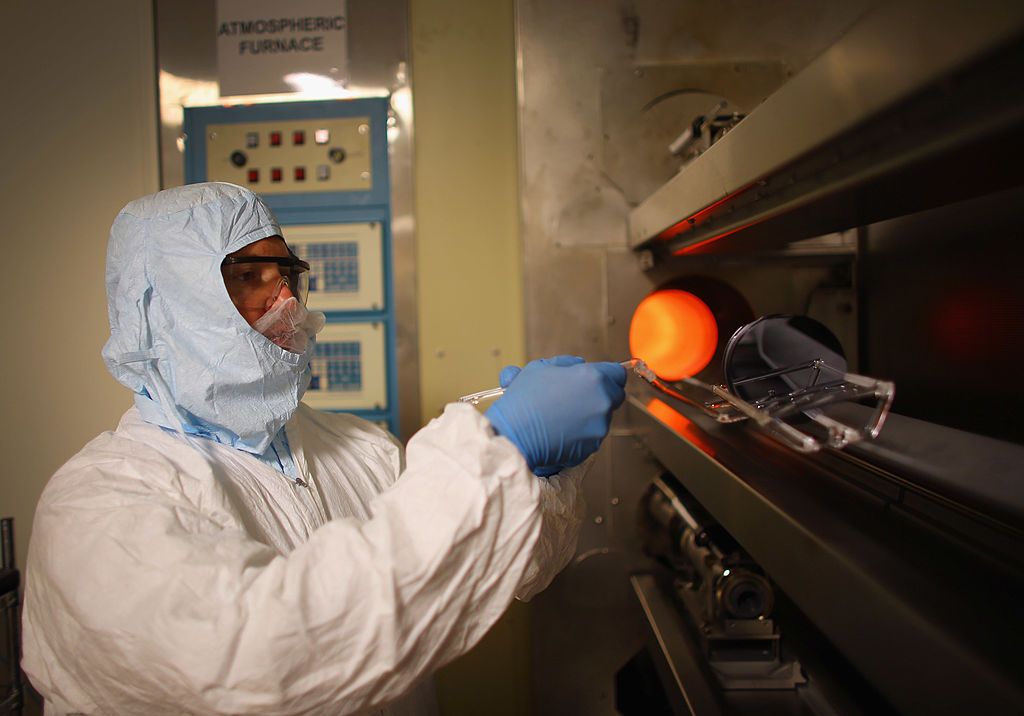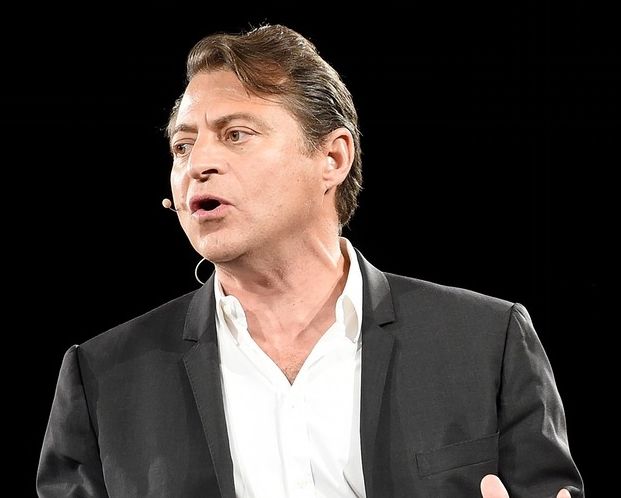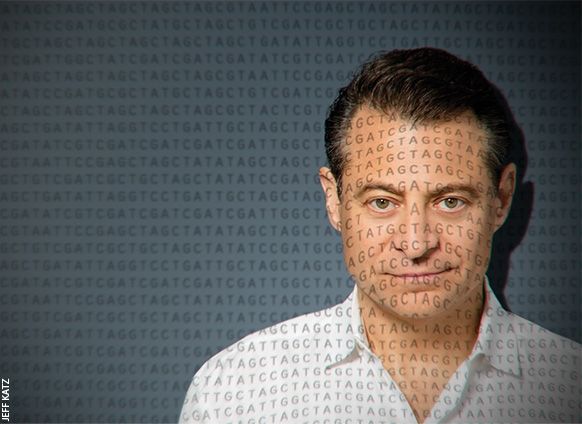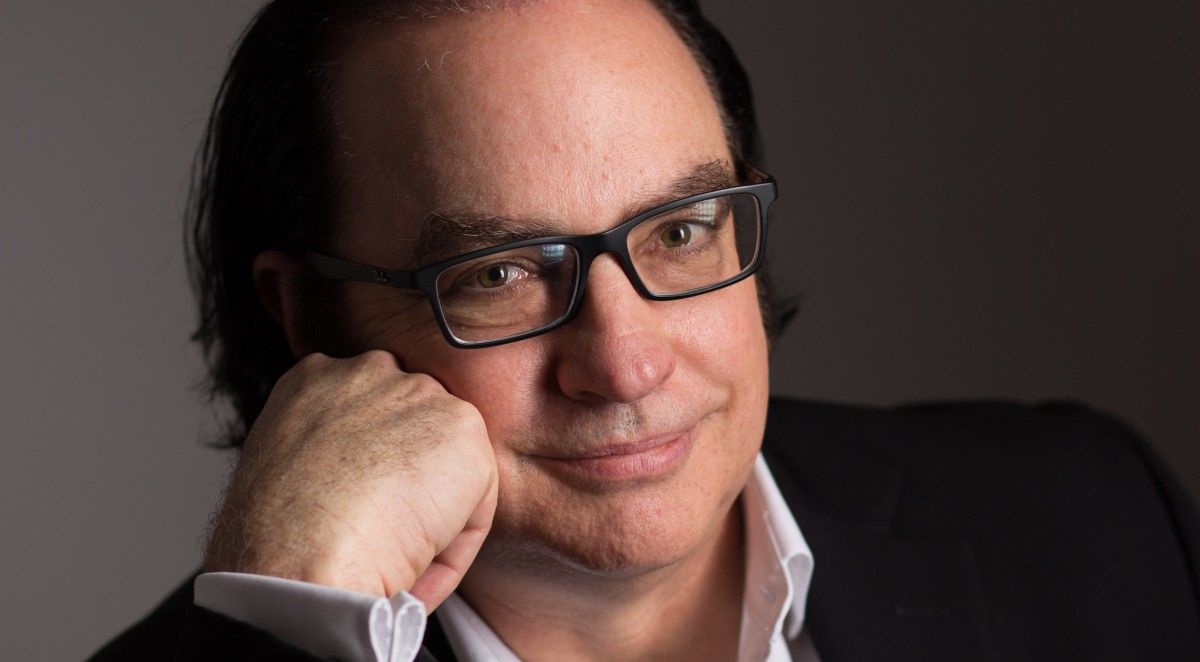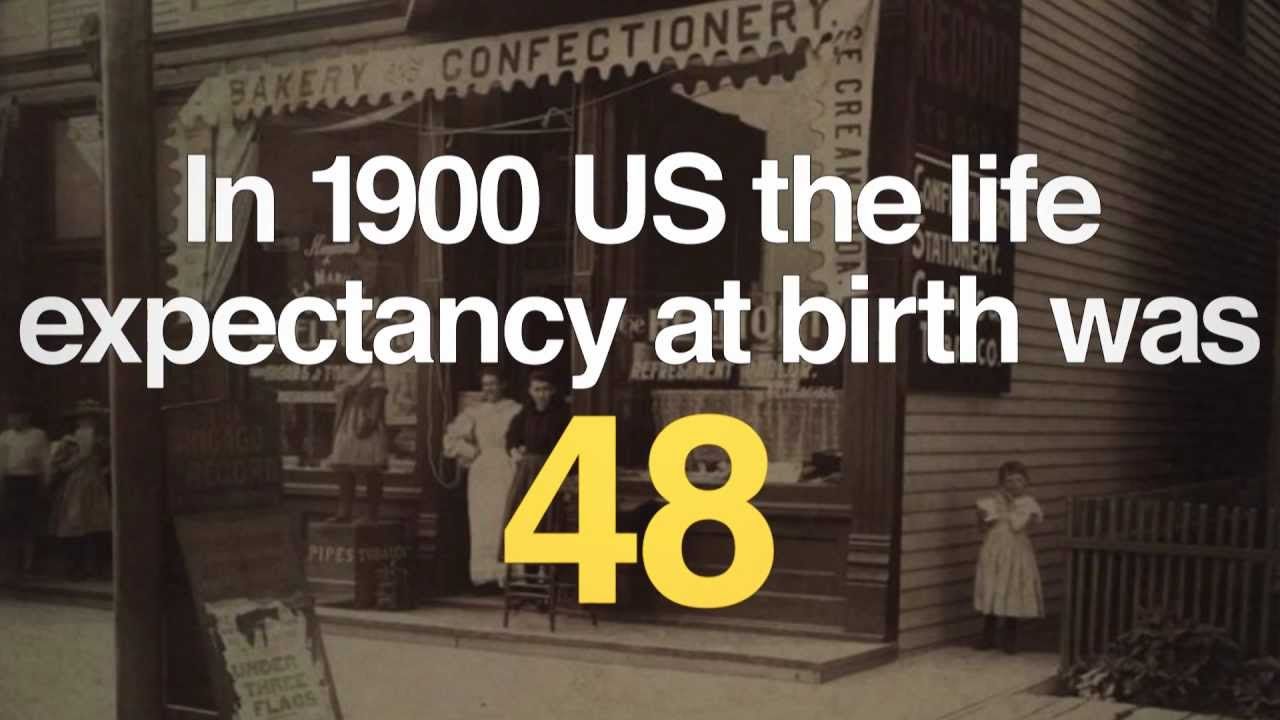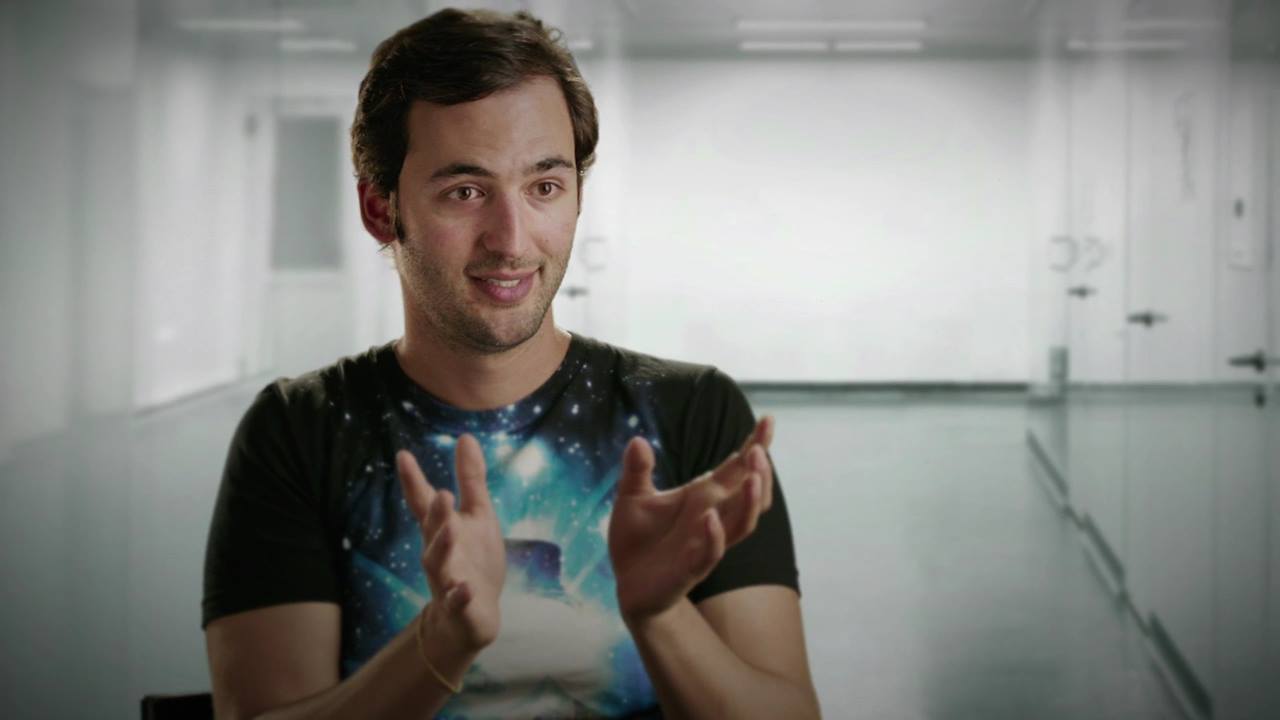What would happen in the world if we could find renegade thinkers, give them the right dose of inspiration, and reinforce the audacity, passion and perseverance needed to pursue their biggest ideas?
How to Make a Spaceship is exactly the inspiration the next generation of audacious thinkers needs. (For more on the book, click through these tabs!)
As author Julian Guthrie said, “I hope this story is an inspiration. I hope that when you get to the end of this story, you set down the book and feel like you can go out and do something impossible in your own life.”
The challenge to inspire the world with the ideas of Peter H. Diamandis
HOW TO MAKE A SPACESHIP
This book and this challenge is an inspiration to me and to readers around the world. This book not only tells a story about making a SPACESHIP but teaches us how to make the impossible possible.
